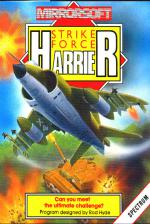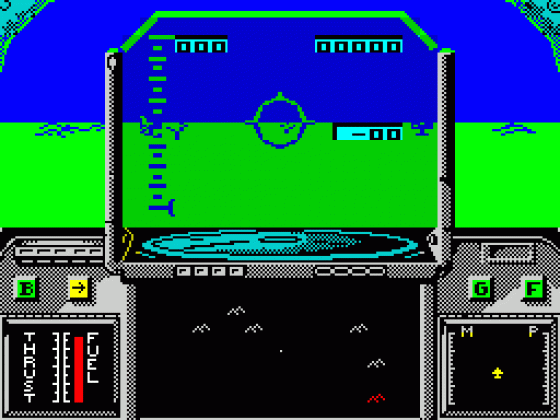Other Reviews Of Strike Force Harrier For The Spectrum 48K/128K
Strike Force Harrier (Mirrorsoft)
A review by (Crash)
Strike Force Harrier (Mirrorsoft)
A review by Chris Palmer (Your Sinclair)
Strike Force Harrier (Mirrorsoft)
A review by Graham Taylor (Sinclair User)
Strike Force Harrier (Mirrorsoft)
A review
Strike Force Harrier (Mirrorsoft)
A review


 1st December 1986
1st December 1986


